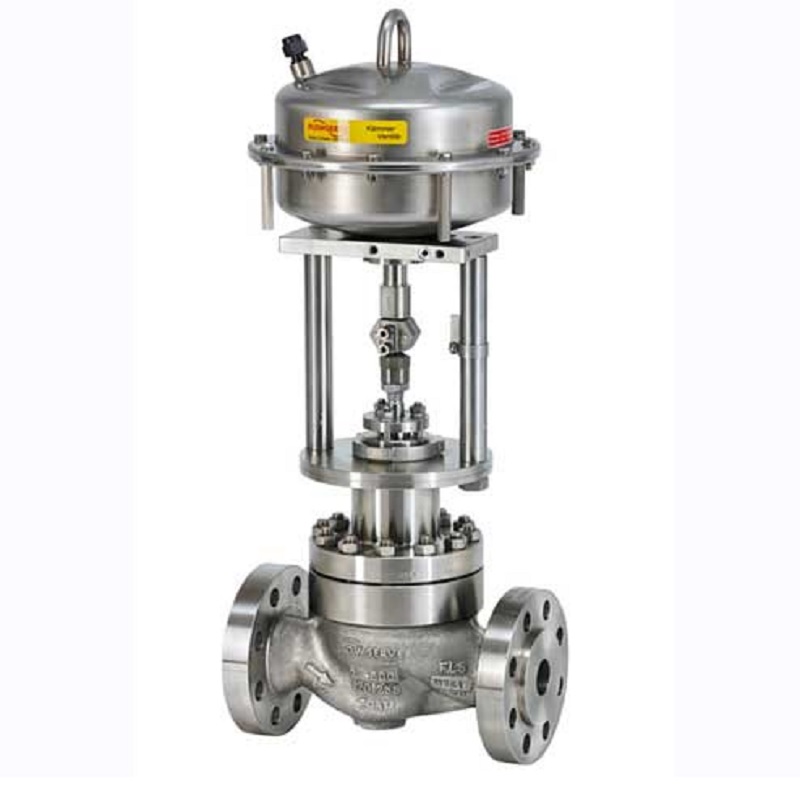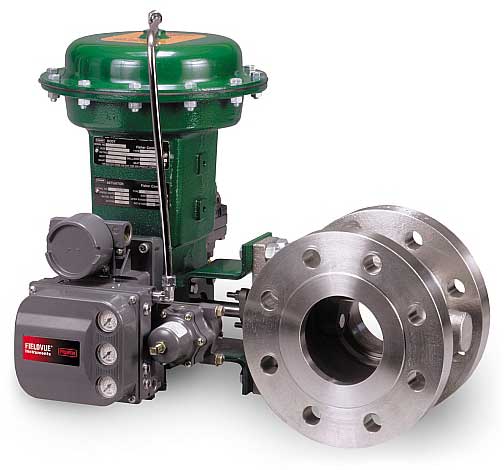Choosing the Right Control Valves: An Overview to Optimum System Performance
Choosing the Right Control Valves: An Overview to Optimum System Performance
Blog Article

Maximize Power Financial Savings and Comfort With Advanced Building Automation Controls
In the world of contemporary architecture and facility management, the integration of advanced building automation manages stands as an essential advancement. The convergence of modern technology and sustainability has birthed a brand-new era where energy performance, convenience optimization, and functional streamlining are no more far-off goals yet obtainable realities. By using the power of automation, structures can adjust, respond, and advance in methods that were once unthinkable. The possibility for significant power financial savings and enhanced convenience is not just a possibility but a guarantee waiting to be met. This paradigm change in building monitoring holds the key to opening a globe where ecological conscientiousness and owner wellness harmoniously exist together within the walls of our frameworks.
Energy Effectiveness Conveniences
Power performance advantages can considerably lower power consumption and operational expenses in structures. Energy-efficient systems, such as innovative building automation controls, can maximize the usage of sources like cooling, illumination, and home heating, leading to lower power costs over time.
In addition, improved power effectiveness can extend the life expectancy of building devices and systems. By operating more effectively, a/c systems, light, and various other building elements experience much less damage, resulting in minimized maintenance and replacement prices. In addition, energy-efficient structures commonly regulate greater residential or commercial property values and rental rates, supplying lasting economic benefits to owners.
Furthermore, power effectiveness can boost owner convenience and productivity. Correctly managed indoor settings with optimal illumination and thermal problems produce a more pleasant and conducive office, bring about enhanced worker complete satisfaction and efficiency. Generally, the power effectiveness advantages connected with advanced building automation controls are diverse, incorporating price financial savings, environmental stewardship, and passenger well-being.
Improved Convenience Control
Enhancing convenience control in structure atmospheres needs a sophisticated combination of sophisticated automation systems for optimal occupant health. By utilizing sophisticated structure automation controls, centers can tailor the interior setting to meet the particular requirements and choices of residents. These systems enable accurate regulation of ventilation, temperature level, and lighting, producing a efficient and comfy environment. Occupant satisfaction and performance are closely connected to thermal convenience, making it necessary to have systems in position that can adjust to altering problems in real-time.
By integrating these innovative controls, structures can not only improve convenience yet likewise enhance power effectiveness by maximizing system procedures based on actual tenancy and use patterns. Inevitably, focusing on resident convenience with sophisticated automation systems leads to a more delightful and healthier interior setting.
Functional Performance Improvements

Moreover, the application of have a peek here real-time tracking and analytics devices makes it possible for building drivers to recognize energy ineffectiveness and functional abnormalities quickly. By continuously monitoring power usage patterns and system efficiency metrics, modifications can be made in real-time to optimize power consumption and ensure peak operational efficiency. control valves. Additionally, incorporating demand response approaches right into building automation controls can additionally boost operational performance by dynamically adjusting energy usage based upon grid problems and pricing signals
Indoor Environment Optimization
Efficient interior climate optimization is a fundamental element of building automation controls, making sure owners' convenience and health while optimizing energy savings. By utilizing sophisticated sensing units and controls, building automation systems can continuously readjust and keep an eye on temperature, humidity degrees, air quality, and air flow visit here to develop an optimum interior atmosphere. Preserving comfortable and regular conditions not only enhances resident fulfillment yet additionally enhances efficiency and general health.
Indoor environment optimization additionally plays a crucial duty in energy efficiency. By fine-tuning air flow, heating, and cooling systems based upon real-time data and occupancy patterns, developing automation controls can significantly reduce power usage - control valves. Applying techniques such as demand-controlled air flow and thermal zoning can aid minimize energy waste while making certain that each location of the building gets the necessary conditioning.

Sustainable Setting Development
Structure automation controls not only maximize interior climate conditions for energy effectiveness and occupant comfort yet additionally lay the foundation for developing a lasting environment through strategic monitoring of resources and systems. By incorporating sophisticated building automation modern technologies, such as sensing units, actuators, and smart software, centers can keep an eye on and change power use in real-time to decrease waste and minimize their carbon impact. These systems enable anticipating maintenance, determining possible concerns before they escalate and maximizing tools efficiency to improve long life and performance.
In addition, lasting environment production expands beyond energy management to encompass water conservation, waste reduction, and interior air high quality renovation. Building automation controls can regulate water usage, find leakages, and guarantee correct garbage disposal techniques, contributing to overall sustainability efforts. Additionally, by regulating and monitoring ventilation and purification systems, these innovations improve resident health and wellness and performance while reducing energy usage related to heating and cooling procedures.
Final Thought
Finally, progressed structure automation controls offer considerable advantages in regards to power cost savings, convenience control, functional effectiveness, interior climate optimization, and producing a sustainable setting. By executing these controls, structures can accomplish optimal performance while reducing energy consumption and boosting owner comfort. It is noticeable that using advanced automation innovation is critical in improving structure performance and developing a much more lasting future.
Energy efficiency benefits can substantially lower power consumption and functional costs in structures. On the whole, the energy effectiveness advantages connected with innovative structure automation controls are complex, incorporating cost financial savings, environmental stewardship, and occupant well-being.
Additionally, integrating demand response approaches right into building automation controls can additionally improve operational performance by dynamically changing power use based on grid conditions and pricing signals.
Structure automation manages not only optimize interior environment conditions for go to these guys energy performance and owner convenience but likewise lay the foundation for producing a sustainable atmosphere with strategic monitoring of systems and sources.In conclusion, advanced building automation controls deal substantial benefits in terms of energy financial savings, convenience control, functional efficiency, indoor environment optimization, and developing a sustainable atmosphere.
Report this page